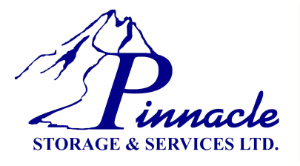At home, most of us are concerned with keeping the cold out. However, when it comes to cold storage operation, the challenge is maintaining a cold temperature on the inside, while we keep equipment and personnel warm enough to function at an optimal capacity.
Frozen and refrigerated food account for the majority of products that are being held in cold storage warehouses and facilities. However, cold storage is an important aspect of petro-chemicals, pharmaceutical, and high tech electronics.
As cold storage needs increase, so does the need for strategic solutions that maintain cold products while lowering operation costs.
Warm Solutions
Cold storage can take a toll on the equipment and people that work with product. Because of this, cold storage units have special designs that help to maintain utmost efficiency in this harsh working environment.
For example, touchscreens are made to respond to the touch of the glove while buttons are designed to be larger. Batteries can also become damaged due to constant exposure to cold temperatures. In order to protect battery life, cold storage is designed with special seals that withstand temperature changes and prevent the build up of condensation.
Conquering Temperature Ranges
One of the greatest cold storage challenges is the fact that not everything needs to be stored at the same temperature. Ice cream must be kept in the negatives while meat is held just below freezing.
For products that change with the season, a modular curtain wall system is a low-risk and flexible option that can be moved around the building to accommodate various temperatures.
Automation for Savings
As the cost of labor, land, and energy continues to climb, cold storage operators are constantly looking towards automation for streamlining solutions. Automation can reduce labor as much as 70%, energy consumption by 80% and space requirements by 50%.

